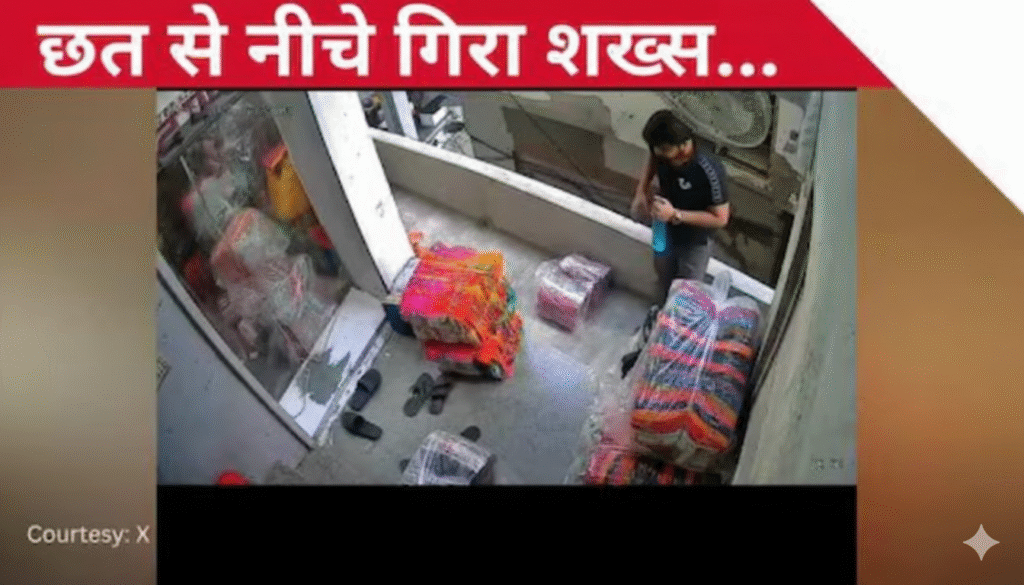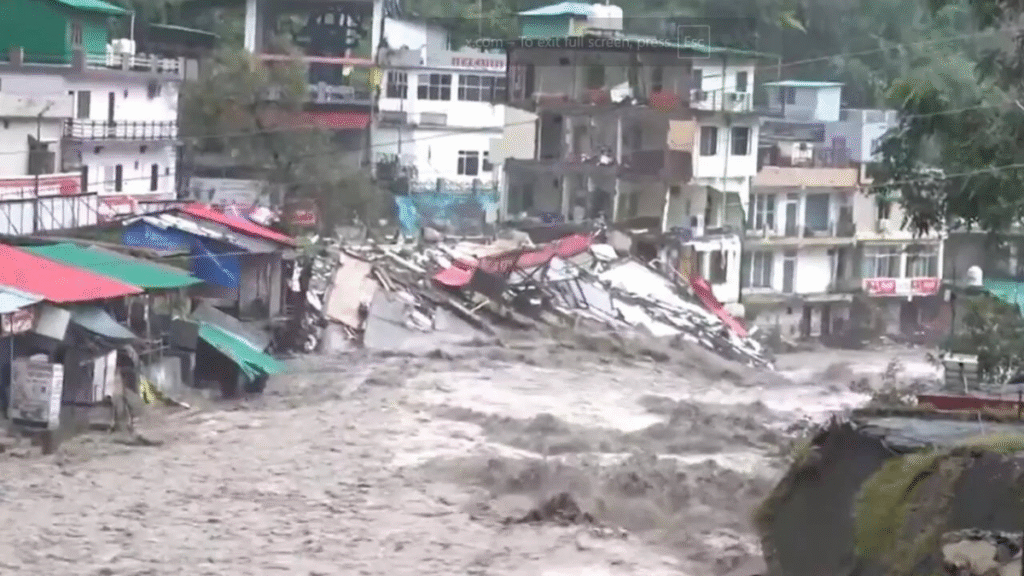Now Reading: Tragedy Strikes Mumbai Local: Six Dead, Several Injured on Mumbra-CSMT Fast Line
-
01
Tragedy Strikes Mumbai Local: Six Dead, Several Injured on Mumbra-CSMT Fast Line
Tragedy Strikes Mumbai Local: Six Dead, Several Injured on Mumbra-CSMT Fast Line

A devastating incident unfolded on the Mumbra-CSMT fast local tracks earlier today, claiming the lives of six individuals and leaving several others injured. The tragedy has once again cast a somber light on the precarious safety conditions faced by commuters on Mumbai’s notoriously overcrowded local train network.
Preliminary reports suggest that the victims fell from a fast-moving local train between Diva and Mumbra stations. While details are still emerging, eyewitness accounts and initial investigations point towards extreme overcrowding as a major contributing factor. It is believed that passengers, unable to secure space inside the compartments, were forced to travel on the footboard, a common yet highly dangerous practice in Mumbai’s packed suburban trains.
The incident occurred during peak hours, exacerbating the chaos and making rescue efforts challenging. Railway police and emergency services were immediately dispatched to the scene, and the injured were rushed to nearby hospitals. The identities of the deceased are in the process of being ascertained, and their families are being notified.
This latest accident is a stark reminder of the persistent safety concerns on the Mumbai local railway. The Mumbra-Diva section, in particular, has a history of such unfortunate incidents, often attributed to the sheer volume of commuters and the inadequacy of infrastructure to handle the burgeoning passenger traffic. Just recently, there have been reports of other fatalities in this belt due to passengers falling from overcrowded trains. Railway activists have repeatedly highlighted the need for additional shuttle services and better utilization of existing lines to alleviate congestion, especially during rush hour.
Indian Railways has been implementing various safety measures, including the introduction of Automatic Train Protection (ATP) systems like Kavach, elimination of unmanned level crossings, and upgrades to signaling systems. There have also been efforts to increase the number of coaches in some local trains and enhance women’s safety measures. However, the sheer scale of daily commuters, with millions relying on these trains, continues to pose significant challenges.
The incident has triggered widespread outrage and renewed calls for concrete action from railway authorities to prioritize passenger safety. Experts and commuters alike are demanding a thorough investigation into the circumstances leading to this tragedy, coupled with immediate and long-term solutions to prevent such heartbreaking losses in the future. The focus remains on addressing overcrowding, improving infrastructure, and ensuring stricter adherence to safety protocols to safeguard the lives of the millions who depend on Mumbai’s lifeline.










